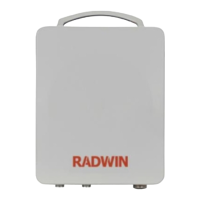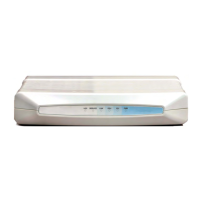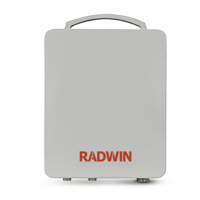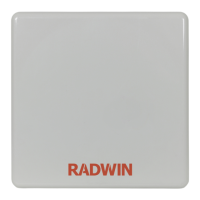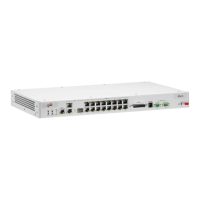How to fix 'No signal' on Radwin 2000 Microphone system?
- SsmithjamieAug 16, 2025
To address a 'No signal' issue with your Radwin Microphone system: First, complete the installation procedure using the RADWIN Manager. Next, verify the antenna alignment. Finally, ensure that the radio configuration (channel settings and Link ID) is identical on both site A and site B units.
